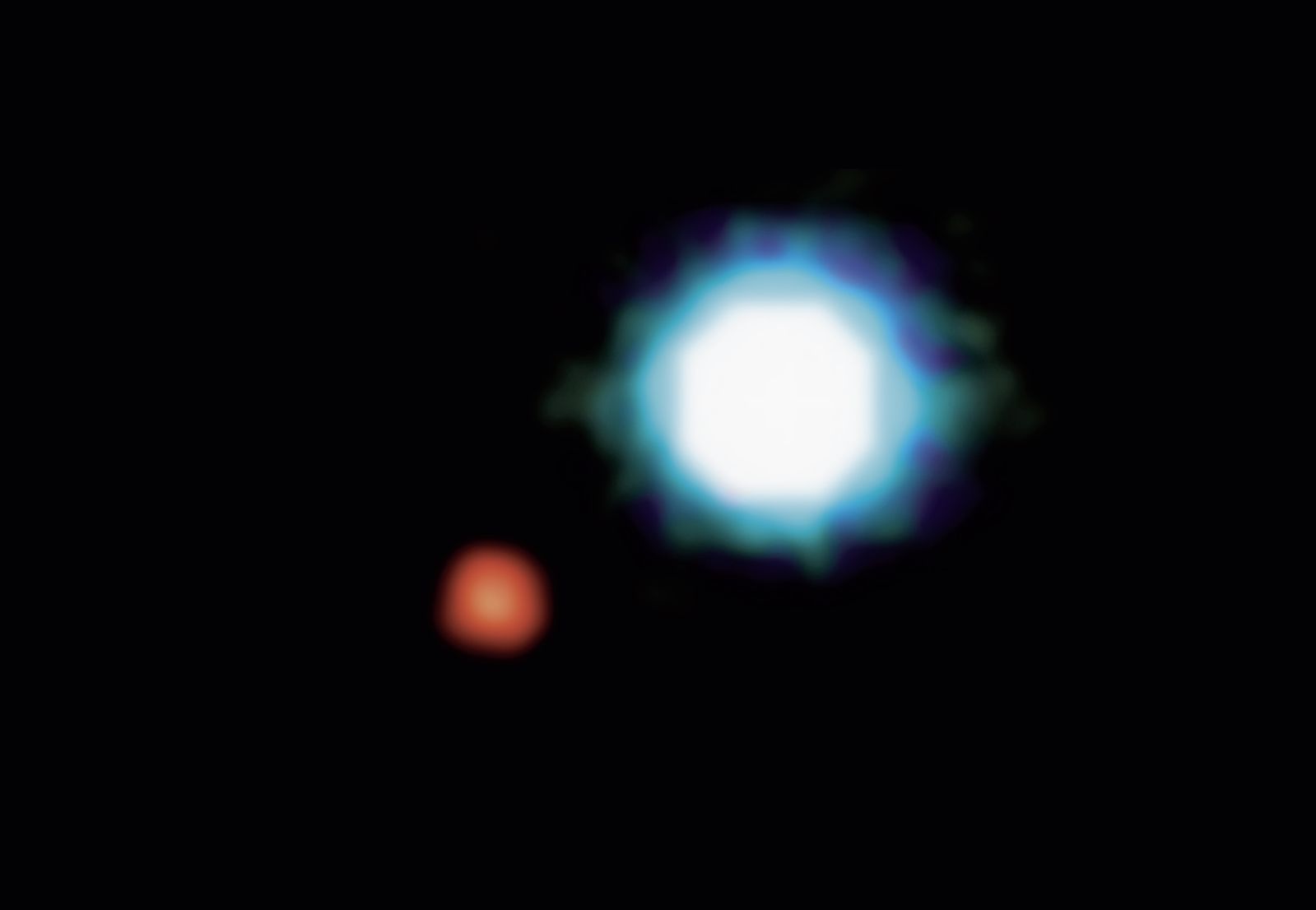CarlinAnnArbor
Diamond Member
- Aug 15, 2016
- 56,344
- 41,224
- 3,615
- Thread starter
- #61
Nope. They are all nightmare worlds where no life can survive. But IF there were, how are you going to get there? Star Trek, Star Wars and Buck Roger's are FANTASY. The distances make travel between worlds impossible. It's NOTHING like a trip across the AtlanticThere have to be earth like planets just based on odds alone.
God created the universe so that the earth is forever our "prison." We will never escape UNTIL we are Resurrected to be like He is
Last edited:




